The project’s concept is based on contracting with various factories to obtain raw materials, and one of the advantages of the project is that the main raw materials are locally available, thus they did not face a supply shortage. The consumption of healthy sugar worldwide in general, and particularly in the Gulf Cooperation Council countries, is extremely high.
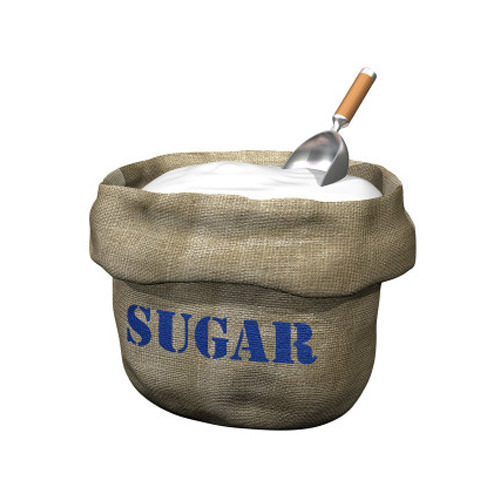
The project idea is based on contracting with multiple factories to obtain raw materials. One of the main advantages of the project is that the primary raw materials are locally available, ensuring a steady supply without shortages. The consumption of healthy sugar is notably high worldwide, and especially in the Gulf countries, due to increasing public awareness and the growing desire for healthier diets. The heightened demand has made the establishment of such projects essential.
Our market research has revealed a significant gap between supply and demand, as the current supply does not adequately meet the exceptionally high demand. Therefore, there is a pressing need for more investors to help increase the supply of these products.
A sugar packaging and processing plant can be established in any area that meets global storage and preservation standards, with skilled technicians overseeing safety procedures. To ensure quality, sugar is packaged in various sizes to meet market and customer needs.
Sugar remains one of the most widely consumed products globally, as it is a fundamental part of daily life. Currently, sugar is packaged daily in either paper or plastic bags. In such a highly competitive market, the only way to differentiate project products is by implementing distinctive sugar packaging features. The sugar packaging bags must be made from high-quality, health-safe, versatile materials that are easy to store and open.
It is worth noting that the feasibility study for the sugar packaging project has been prepared according to internationally recognized standards for economic feasibility studies. The research was conducted using government sources, specialized agencies, and ministries, carried out by a team of experts specialized in studies and consultancy, to provide you with comprehensive services.
Additionally, we have established agreements with more than 1,350 suppliers of machinery and equipment to ensure access to the best production lines and project requirements in terms of quality and global standards.
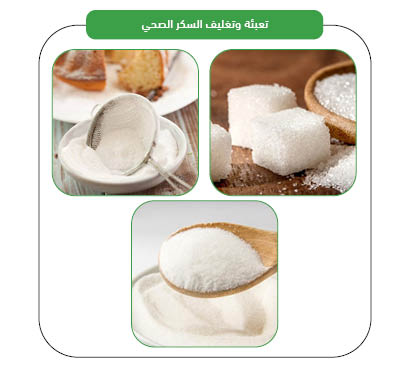

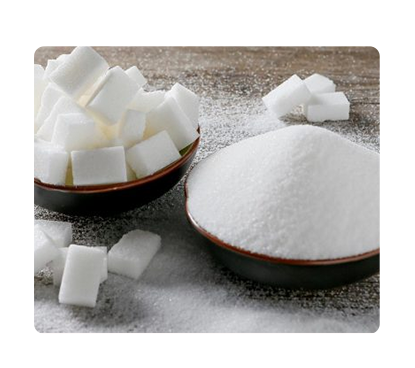
Diversity in packaged products.
Attention to the quality of raw materials used.
Good external appearance of the packaging and its safety.
Presence of a highly skilled team.
Cleanliness of the storage area and absence of pests.
Attention to quality in packaging materials.
Focus on general cleanliness in the project and its surrounding environment.
Utilization of advanced technology in operations and distribution.
Commitment to maintaining product quality during transportation and storage.
Executive summary
Study project services/products
Market Size Analysis
Risk Assessment
Technical study
Financial study
Organizational and administrative study
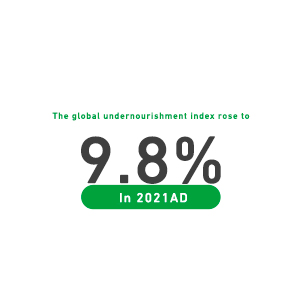
The Gulf Cooperation Council (GCC) countries comprise just 0.7% of the world’s population; however, they account for 3% of global spending on processed food and beverages—amounting to USD 102 billion out of a total USD 3.4 trillion. This highlights the region’s exceptionally high per capita food consumption, surpassing the global average.
This is unsurprising upon closer examination: the GCC population now exceeds 58 million people, with approximately 56.3% falling within the 25–54 age bracket—a vital and dynamic demographic that forms the backbone of the food industry market due to its youthfulness and vitality.
Saudi Arabia alone accounts for approximately 59.7% of the GCC’s total population and captures more than 53% of the food and beverage market share in the region. Accordingly, Mashroo3k Company has compiled key indicators of this vital market in the Kingdom, based on the latest available statistics:
By the end of Q2 2021, the number of food product factories was estimated at 916, with an additional 249 factories under construction.
The number of beverage factories stood at 209, with 71 more under construction.
Food product factories represented 11.1% of the total 8,258 operational factories in Saudi Arabia, while beverage factories accounted for 2.5%.
The Saudi food and beverage market was valued at SAR 168.8 billion.
By the end of 2021, food consumption reached SAR 221 billion, marking a 6% growth rate.
According to global reports, Saudi Arabia’s food consumption was valued at USD 70 billion—equivalent to 60% of the total food consumption across the Gulf region.
The fast-food market in Saudi Arabia is projected to reach USD 4.5 billion within the next three years.
The organic, healthy, and specialty food market is valued at USD 27 billion, while the halal food market stands at USD 6 billion.
Saudi Arabia imports approximately USD 14.5 billion worth of food and beverages annually.
In 2020, operating expenses for food and beverage service activities were estimated at SAR 34,032.10 million, up from SAR 30,069.23 million in 2018.
Operating revenues for food and beverage service activities reached SAR 61,557.77 million in 2020, up from SAR 54,866.87 million in 2018.
By 2027, operating expenses for food and beverage service activities are expected to reach SAR 52,489.34 million, while operating revenues are forecast to climb to SAR 92,084.64 million.
Total operating revenues for the food product manufacturing sector in Saudi Arabia are projected to reach SAR 128,540.573 million by 2027.
Global Food Sector Overview:
According to UNICEF, the global malnutrition rate rose to 9.8% in 2021.
Between 702 million and 828 million people are suffering from hunger worldwide.
The global food market generates approximately USD 8.66 trillion in revenue.
About 7.8% of global food market revenue is expected to be generated through online sales.
Total global production of primary crops amounts to 9.4 billion tons.
Total global production of red and white meats is 337 million tons.
Total global fruit production is 883 million tons.
Total global vegetable production is 1,128 million tons.
Total global vegetable oil production is 201 million tons.
Total global dairy production stands at 883 million tons.
Total global egg production amounts to 83 million tons.
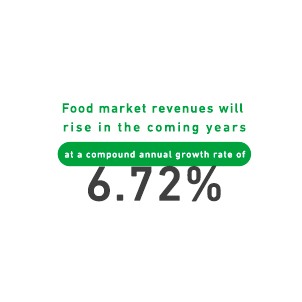
The fast-food market in Saudi Arabia is expected to reach USD 4.5 billion within the next three years.
The organic, healthy, and specialty food market in the Kingdom has reached USD 27 billion, while the halal food market is valued at USD 6 billion.
Saudi Arabia’s imports of food and beverage products are estimated at approximately USD 14.5 billion annually.
In 2020, operating expenses for food and beverage service activities were estimated at SAR 34,032.10 million, compared to SAR 30,069.23 million in 2018.
Operating revenues for food and beverage service activities reached SAR 61,557.77 million in 2020, up from SAR 54,866.87 million in 2018.
By 2027, operating expenses for food and beverage service activities are expected to reach SAR 52,489.34 million, while operating revenues are projected to reach SAR 92,084.64 million.
The total projected operating revenues for the food product manufacturing sector in Saudi Arabia are expected to reach SAR 128,540.573 million by 2027.